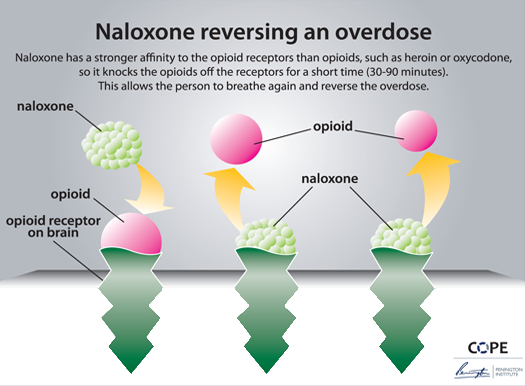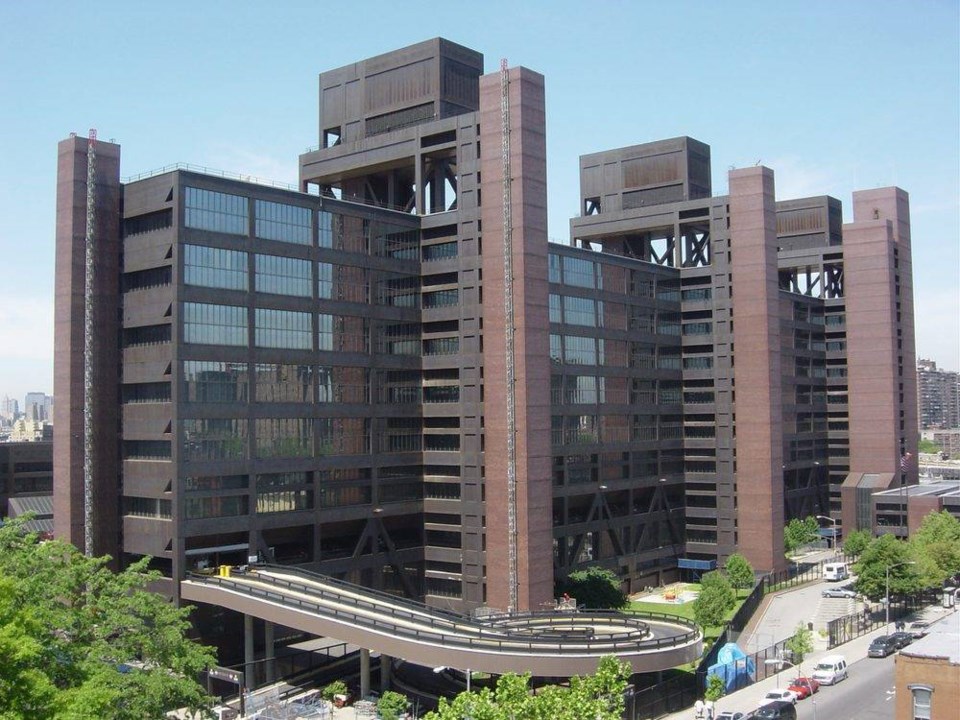Seven hospital emergency departments in Brooklyn have agreed to adopt the city's non-fatal overdose guidelines to help combat opioid-related deaths, announced the NYC Health Department on Friday.
The department strategically selected hospitals which are located in neighborhoods with the highest rates of drug-related deaths. In Brooklyn, participating emergency departments include Woodhull Hospital in Bedford-Stuyvesant/ Bushwick and Kings County Hospital in Flatbush, as well as Maimonides Medical Center, Mount Sinai Brooklyn, NYC Health + Hospitals/Coney Island, NYU Langone Health—Cobble Hill and NYU Langone Hospital—Brooklyn.
The new instructions encourage emergency clinicians to provide overdose prevention education, offer naloxone, the medication that reverses an opioid overdose, and recommend ongoing care, including the opioid addiction treatments buprenorphine or methadone.

"It's important our patients receive the support, information and care they need during this critical time in the emergency room, which is why all 11 of our hospitals are adopting the health department's guidance," said Dr. Machelle Allen, chief medical officer at NYC Health + Hospitals which include Woodhull and Kings County Hospitals.
One New Yorker dies of a drug overdose every six hours, according to the health department. In 2017, there were 1,487 confirmed overdose deaths. Opioids were involved in 82 percent of the city's overdose deaths last year, and the synthetic opioid fentanyl was the most common drug, involved in 57 percent of deaths. From January to September 2018 alone, there were 1,055 confirmed overdose deaths.
Drug overdose deaths remain at epidemic levels in New York City as illicitly manufactured fentanyl continues to be present in the drug supply. Fentanyl has been found in heroin, cocaine, methamphetamine, and ketamine, as well as in benzodiazepines and opioid painkillers acquired from non-pharmaceutical sources.
More than 10,000 non-fatal overdoses are treated each year in NYC emergency rooms, officials said, which is why emergency care providers are uniquely positioned to address the opioid, according to Health Commissioner Dr. Oxiris Barbot.
"Emergency medicine clinicians are on the front lines of the opioid overdose epidemic," said Barbot. "Our new guidance can help these providers keep their patients safe from future harm with proven, multifaceted overdose prevention strategies."
Opioid overdose deaths are preventable. Naloxone is available to all New Yorkers who need it, as city officials continue to stress; all major chain pharmacies and nearly 500 independent pharmacies in New York City now offer naloxone without a patient-specific prescription.
Additionally, New York State covers co-payments of up to $40. The Health Department also offers free naloxone trainings to teach New Yorkers to recognize the signs of an overdose and respond by calling 911 and administering naloxone. For more information, go here.




